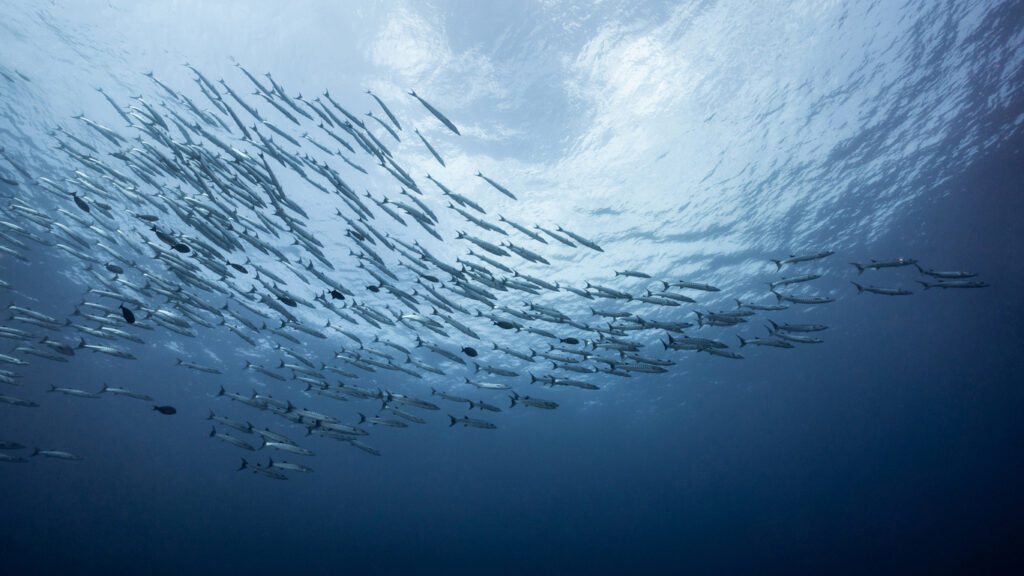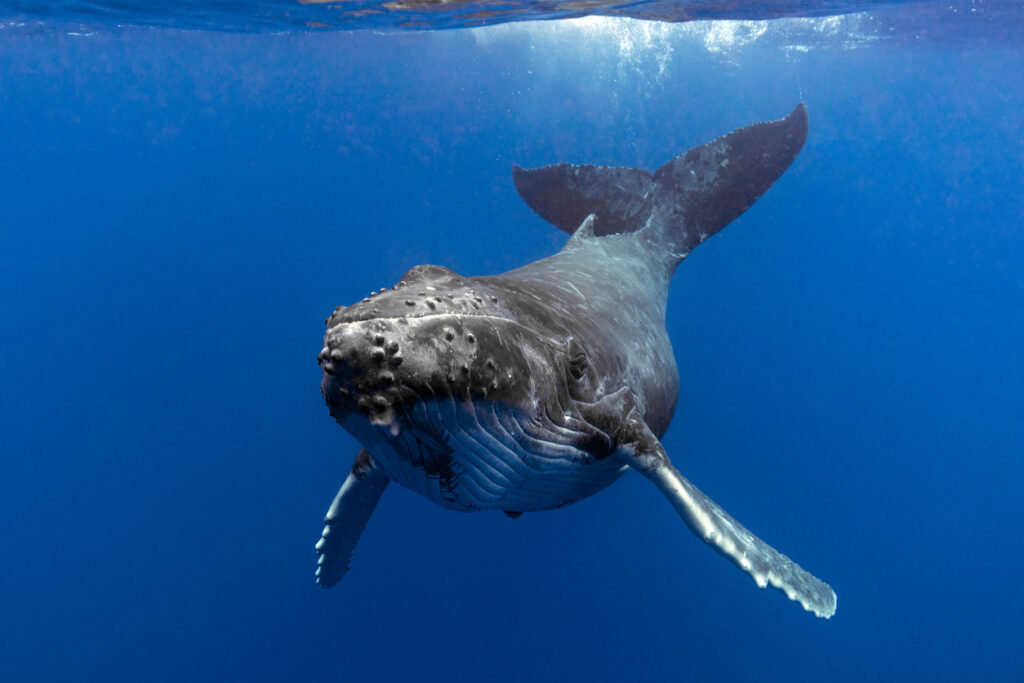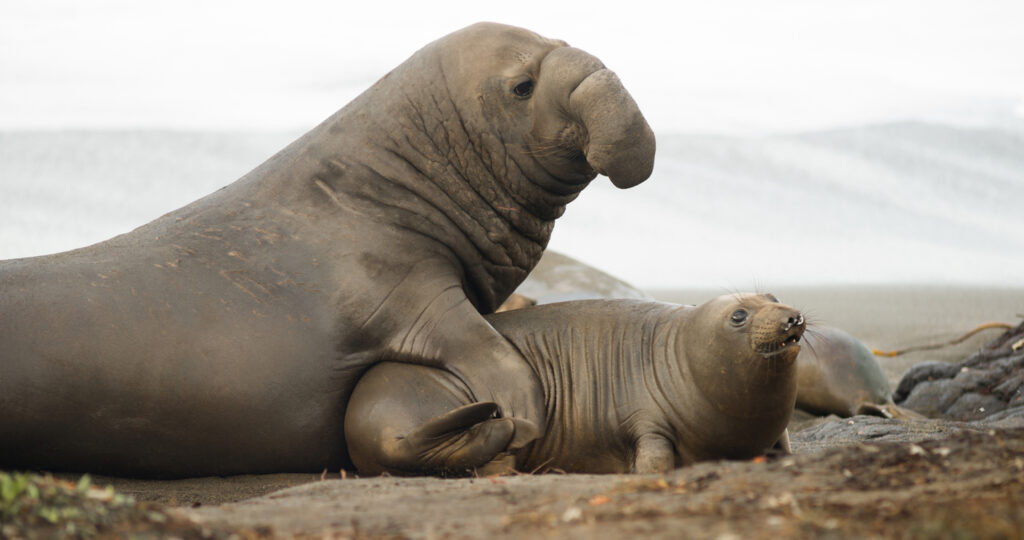Many species of animal throughout the world display particular behaviours or habits that make them who they are, as well as helping their survival in sometimes harsh conditions. With that in mind, some species will travel from place to place, usually to find more favourable conditions at different times of the year – known as ‘migration’.
In this blog, we’ll explore what migration means, why animals do it and which species are the most prolific when it comes to travelling across the globe.
What does the term ‘migration’ mean?
Migration refers to a pattern of behaviour. It’s a natural phenomenon that is vital to the survival of the species and the health of its ecosystem, and it’s something that can be integral to an animal’s lifecycle.
In simple terms, migration means the movement from one region to another. It differs from emigration, in that migration includes a journey back too – while emigration means to move somewhere to live permanently.
It has been suggested that migration can be affected by the earth’s magnetic field. Migratory birds have been known to be able to sense the magnetic field and use it to determine their direction of migration.
Reasons for animals migrating
Animals migrate for specific purposes, usually to find better conditions to live and thrive, if only for a short while. With that in mind, there are some clear reasons and patterns that have been identified as to why a species might migrate from one habitat to another.

To find food
In many cases, animals will travel to find a more abundant food source at different times of the year. This might be travelling across plains for fresh water, or moving to cooler parts of the ocean where larger amounts of fish are more readily available. Wildebeests are the most prevalent example, migrating in huge herds across the Serengeti for fresh grass and water sources during the dry season.
To find better weather
Akin to humans going on a long summer holiday to chase the warm weather and sunshine, some animals will migrate to avoid harsh temperatures at different times of the year. In this way, they can escape freezing temperatures which could be a threat to their survival. The monarch butterfly for example, will fly from Canada to Mexico in search of a warmer climate in the winter.
To find a mate or raise their young
Some species will migrate specifically when it’s time to mate and bring up their offspring. This could be to find places that are safer from predators or areas that have a better food source for both parents and their young, in order to give their offspring a better chance of survival. Salmon are some of the most obvious examples, as they start life in rivers but migrate to the sea, before returning to the rivers to spawn.
When do animals migrate?
Different animals will migrate at different times of the year, depending on their reason. In most cases, migration is a seasonal occurrence and so animals will usually have a regular pattern of movement throughout the year.
For example, marine life will typically migrate in search of food sources and breeding grounds. The humpback whale will travel to feeding grounds near the polar ice during the summer, and return to warmer waters in the winter to raise their young.

Many species such as antelope, gazelle and zebra will migrate between summer and winter grounds, in order to source the best habitat to live throughout the year. This pattern can follow the seasonal rains, particularly across the likes of Africa.
In the UK, some species of bats, such as the pipistrelle bat, and birds such as swallows will migrate in the autumn to spend the winter in a warmer climate. The painted lady butterfly also follows a similar pattern, migrating to North Africa in the autumn and returning to the UK in the spring. April is a great month to see the return of the country’s summer migrant species.
Which animals migrate?
With a few examples already mentioned, it’s clear there’s a wide range of different types of animals that display migratory behaviour. Here are just a few more examples of the world’s incredible aquatic animals that will go on a great journey in search of food, a mate or more favourable temperatures.
Sharks: Many species of shark will migrate, including the world’s biggest shark – the whale shark. This slow-moving species prefer warm waters and can be found in all tropical seas. Whale sharks are known to migrate every spring to the west coast of Australia, where an abundant supply of plankton can be found.
Seals: Some seal species will migrate, such as the elephant seal. This species is typically found either around California (northern elephant seals) or the Antarctic waters (southern elephant seals). They are known to migrate in search of food, sometimes spending months at sea before returning to their rookeries in winter to breed.

Eels: Some species of eel will also migrate, and the European eel has one of the most impressive journeys. Typically found in rivers around Europe, from Russia to Morocco, these eels will migrate thousands of miles to the Sargasso Sea near Bermuda in order to spawn and lay its eggs. This makes the European eel a diadromous species, which means it migrates between salt and freshwater.
Sea turtles: Some turtle species will migrate for the purpose of feeding or nesting, with the journey spanning thousands of miles. The females of all 7 species of sea turtle will return to the same beach they hatched on, in order to lay their own eggs. The loggerhead population of Japan will travel over 7,000 miles to feeding grounds in Mexico.
The migration of animals is a fascinating event, with huge shoals, flocks or herds of animals making long and sometimes dangerous journeys every year. There’s still so much for us to learn about how animals migrate, but what we do know is that it’s an incredible way for our world’s animals to continue thriving. To find out more interesting information, check out the rest of our blog or visit us at Deep Sea World!
